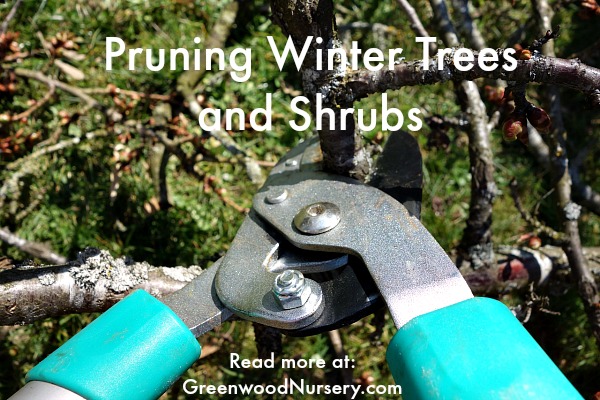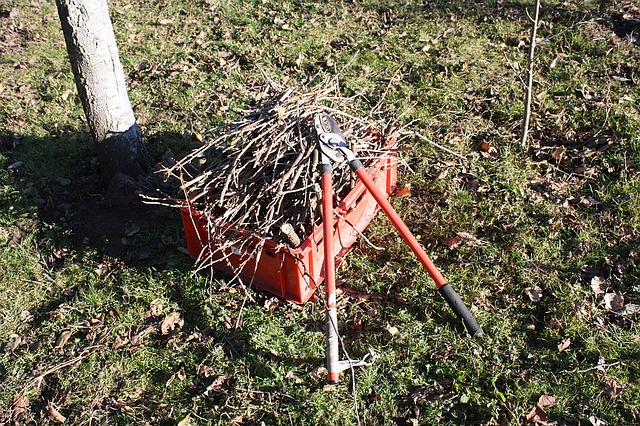Free gardening gloves when you spend $75.00 or more!

Tips for Winter Pruning Trees and Shrubs
Certain garden tasks are best accomplished when both plants and their potential pathogens lie dormant: aggressive pruning is one of them.
The living tissues of trees or shrubs—vascular pathways called xylem and phloem as well as actively dividing cambium cells—are on the exterior of the trunk and limbs. Inside this armor of living and growing plant tissue is dead, solid heartwood.
Injuries from pruning can weaken a tree in several ways. If wood-eating fungi are introduced through a pruning wound, for example, they can degrade the heartwood, creating structures like tree hollows that weaken the overall scaffold of the tree or shrub. Alternatively, both bacterial and fungal pathogens can attack the actively growing tissues of the tree, such as the bark, leaves, or fruit, so the introduction of these organisms can impair the tree or shrub’s ability to create and store energy, reproduce, or crop.
Thus, season-appropriate pruning practices are extremely important in maintaining healthy trees and shrubs in the temperate zone, as the lowest-risk moments for pathogen introduction are in the cooler months of the season.
There are also aesthetic and technical reasons to prune in winter. Since the leaves have fallen and the scaffold of the tree or shrub is bare, it is easier to see the branching structure of the plant and plan ahead for shaping the plant in the long term.
For fruiting trees, for example, branches that run parallel to the ground and have good sun exposure will generally crop the heaviest. Accordingly, the tree should be pruned so that sturdy, disease-free branches that are well-spaced and airy are kept; diseased, crossing, crowded, or thin upright growth should be pruned out.
The rules for winter pruning are slightly different for different tree and shrub species depending on their growth habits and purpose in the landscape, but some general rules are:
● Remove any diseased or damaged branches
● Remove branches that cross
● Where appropriate, keep the interior structure of the plant “airy” and open so that fungi and bacteria are less likely to become established.
● Remove any branches that have the potential to interfere with infrastructure
● Keep the plant to a manageable size
Making clean cuts and sterilizing saws and clippers in between cuts can go a long way towards a winter pruning that makes a plant healthier and more productive in the long run.

- cheryl's blog
- Log in or register to post comments







